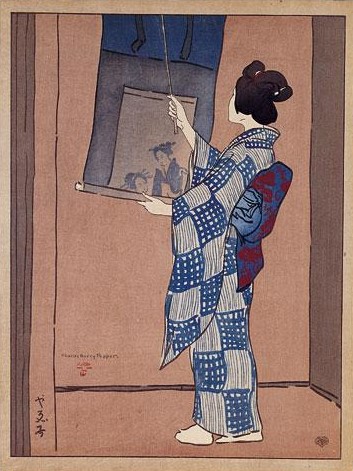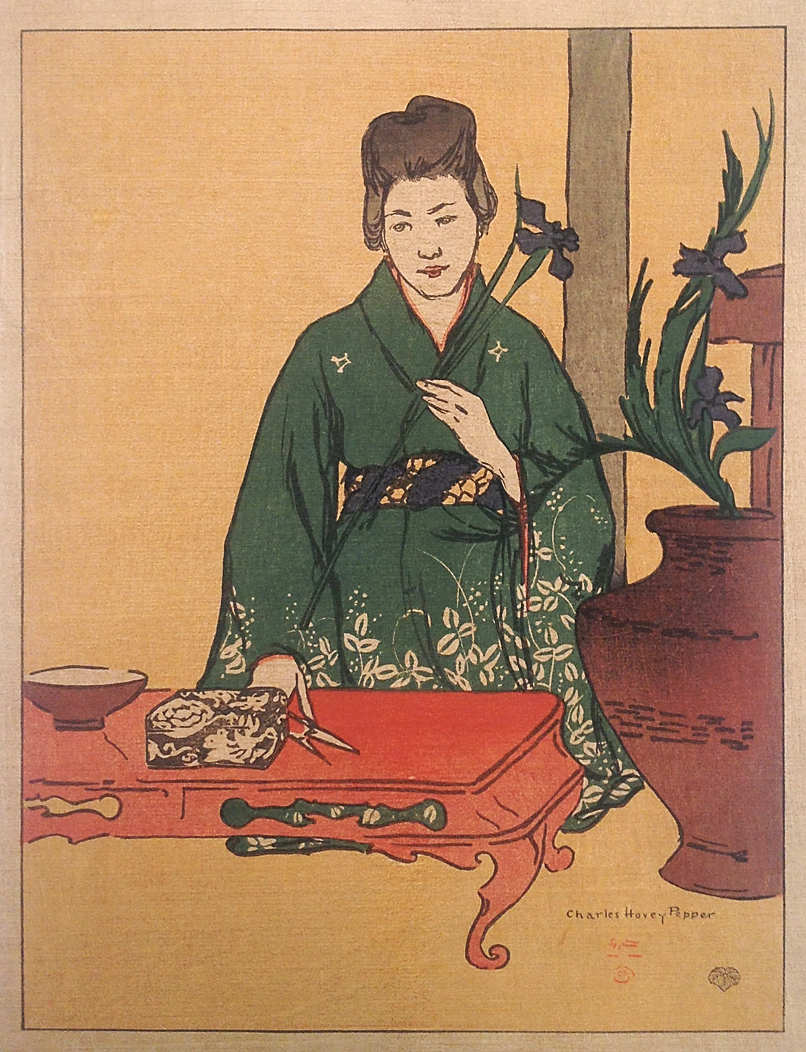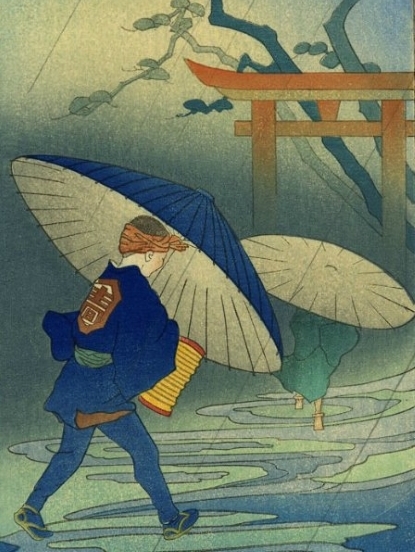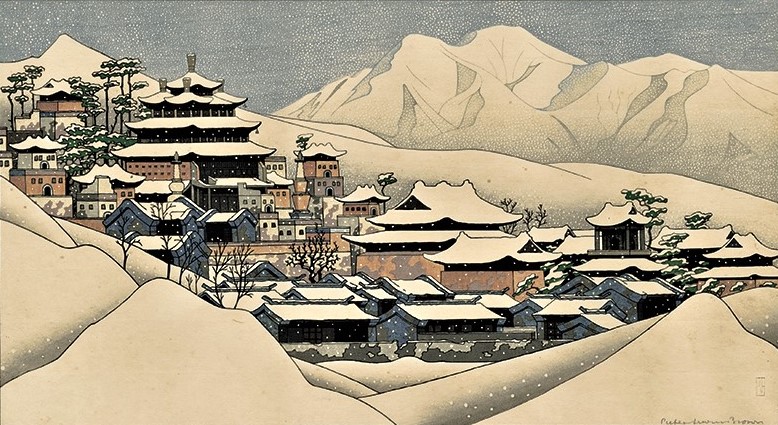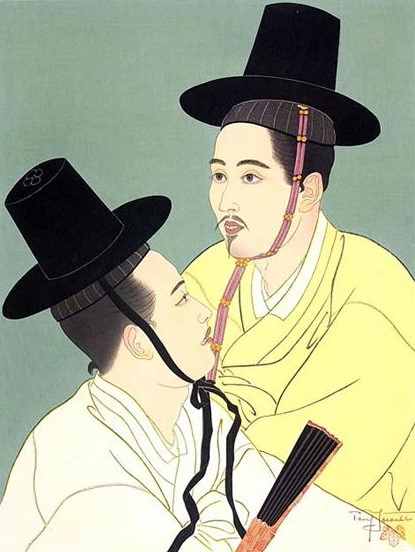CHARLES HOVEY PEPPER (1864-1950)
Charles Hovey Pepper is a secondary member of the Far Eastern movement but a true pioneer for having been, with Helen Hyde and Emil Orlik, one of the first to learn wood engraving in Japan. He belonged to the American bourgeoisie of Boston, strongly tinged with Protestantism - his father was a reverend -, well-off but economical and above all open to the world. He did not hesitate to travel and he appreciated the diversity.
Trained at the Art Students' League in New York, he continued the classic career of the time by settling in Paris, with his wife and child, for several years, interspersed with trips to Holland, Italy and Spain. He studied at the Académie Julian, notably with the orientalist painter François Benjamin-Constant (1845-1902) as a teacher. He also discovered Japanese prints and befriended the art dealer Siegfried Bing (1838-1905) who made available the premises of his gallery L'Art Nouveau for his first exhibition.

In 1903, the decision was made to leave, still with the family, for a long stay in Japan, in Yokohama then in Nikko. His meeting with his compatriot Helen Hyde helped him penetrate Japanese artistic circles. He produced numerous gouaches and watercolours and four woodcuts with the help of Helen Hyde's editor, Kobayashi Bunschichi. After more than a year, he returned to America via China, Singapore, Java, India, Ceylon, Egypt, Italy and France. In 1904, an exhibition of his works brought back from Japan was organized in New York, namely the four woodcuts and 37 watercolours, most of which have unfortunately disappeared. Charles Hovey Pepper has pursued a fine career as a well-known painter, actively participating in the artistic movements that animated the city of Boston during the first half of the 20th century.
Bibliography :
- Japanese prints, by Charles Hovey Pepper, Walter Kimball & Co, Boston, 1905
- Charles Hovey Pepper, by Joseph Coburn Smith, The Southworth-Anthoensen Press, Portland, 1945
The collection
